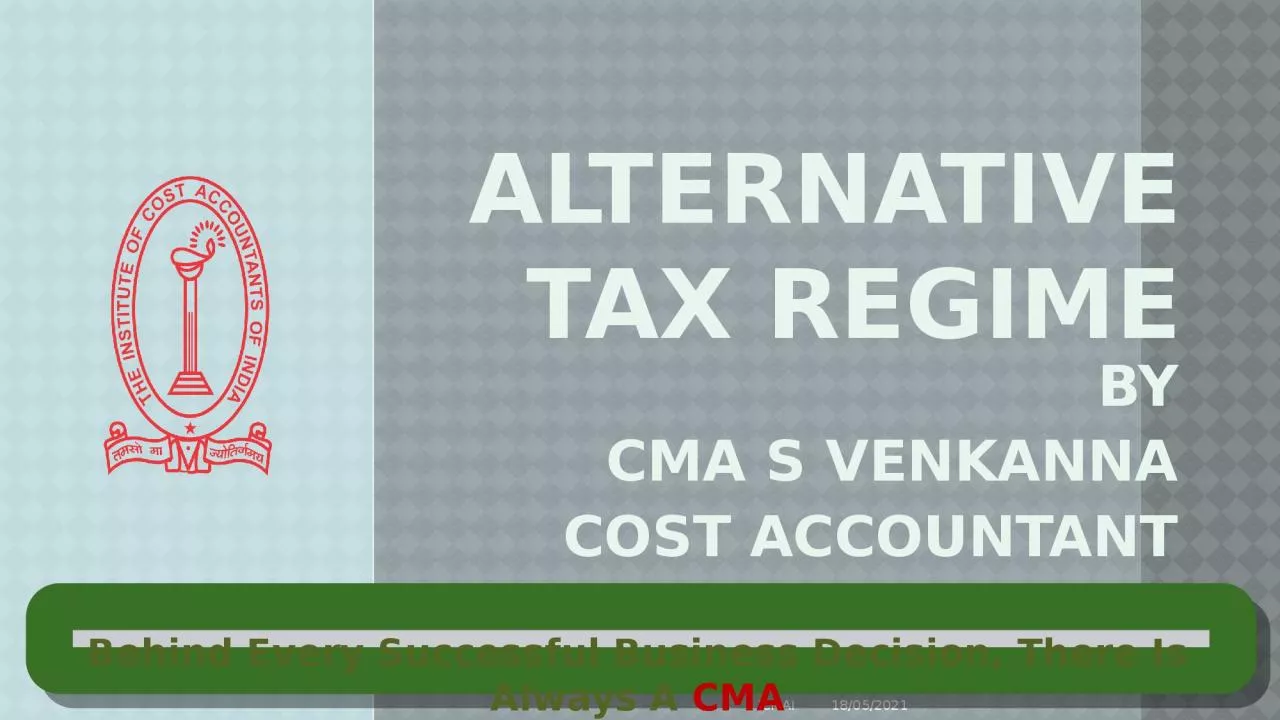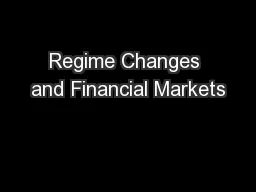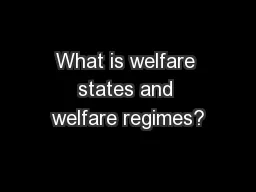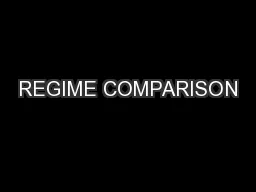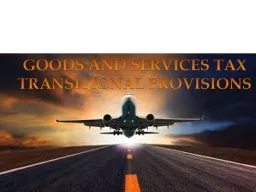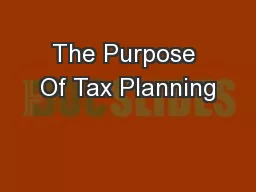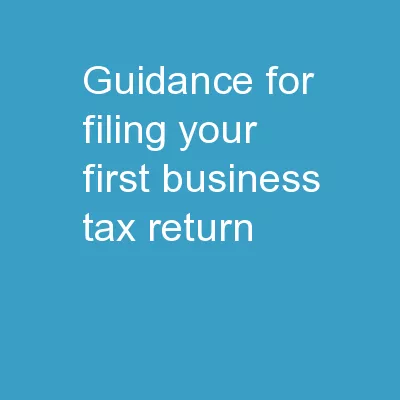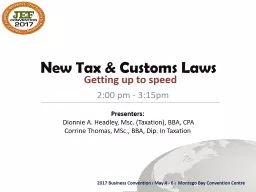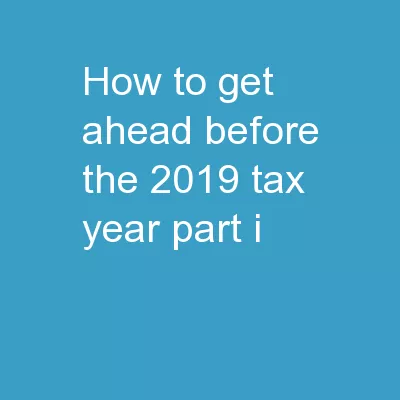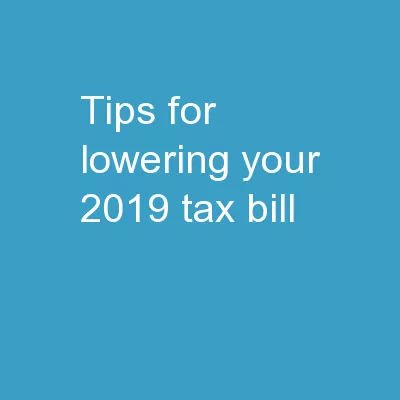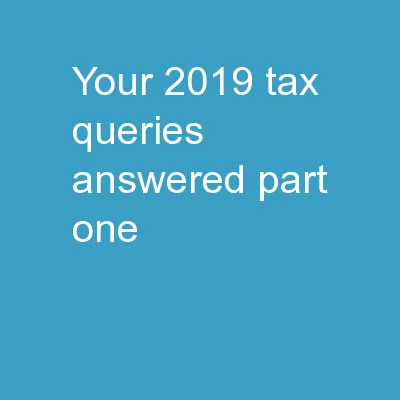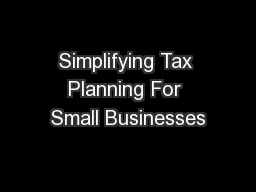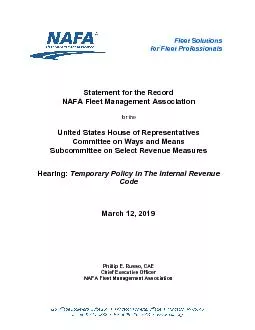PPT-ALTERNATIVE TAX REGIME BY
Author : elina | Published Date : 2023-10-31
CMA S VENKANNA COST ACCOUNTANT 18052021 ICMAI Behind Every Successful Business Decision There Is Always A CMA Introduction A progressive tax is a tax system that
Presentation Embed Code
Download Presentation
Download Presentation The PPT/PDF document "ALTERNATIVE TAX REGIME BY" is the property of its rightful owner. Permission is granted to download and print the materials on this website for personal, non-commercial use only, and to display it on your personal computer provided you do not modify the materials and that you retain all copyright notices contained in the materials. By downloading content from our website, you accept the terms of this agreement.
ALTERNATIVE TAX REGIME BY: Transcript
Download Rules Of Document
"ALTERNATIVE TAX REGIME BY"The content belongs to its owner. You may download and print it for personal use, without modification, and keep all copyright notices. By downloading, you agree to these terms.
Related Documents

